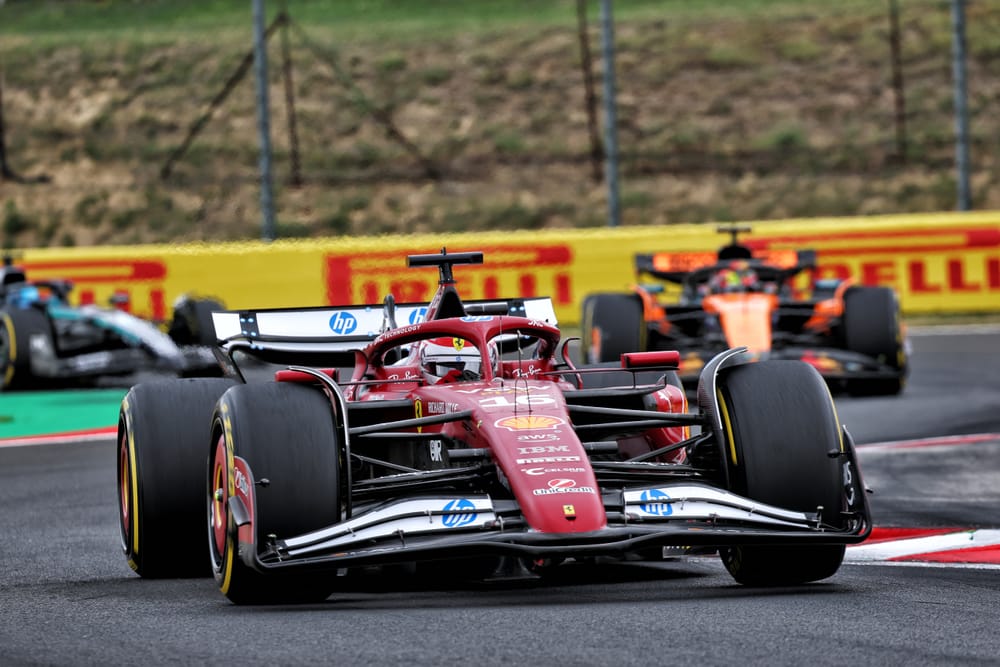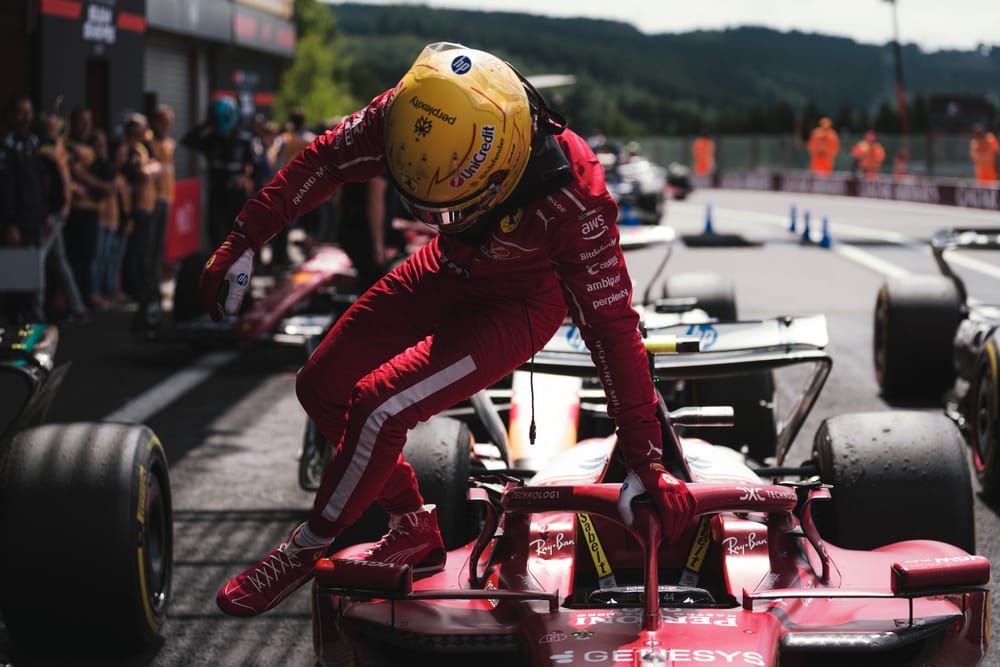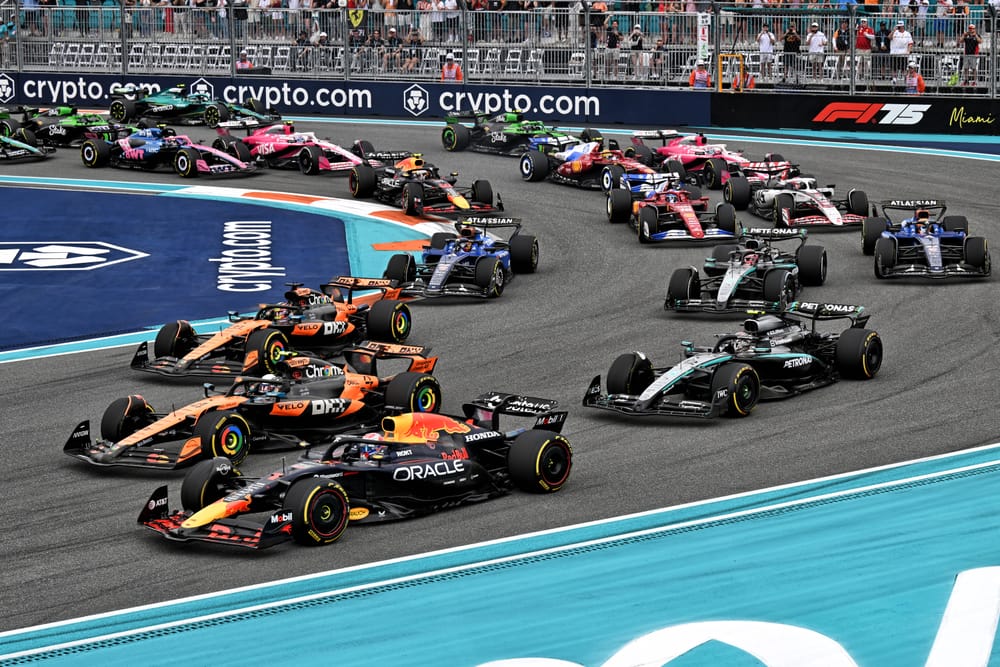Ferrari has revealed more about how ride height concerns triggered by its disqualification from the Chinese Grand Prix have overshadowed its season and cost it ground against its Formula 1 rivals.
The Italian squad began 2025 tipped to challenge McLaren for the title, and its performance impressed early on – especially with Lewis Hamilton taking victory in the China sprint race.
But a double disqualification from the grand prix in Shanghai, with Hamilton’s plank worn too much and Charles Leclerc’s car was underweight, marked a turning point in its campaign.
Ferrari team principal Fred Vasseur has revealed how the response needed to avoid further plank issues had a double impact on its form.
It not only triggered a loss of performance by forcing Ferrari to lift its car to give itself a safety margin, thereby automatically robbing it of downforce, but it also served to take its attention away from other critical performance areas.
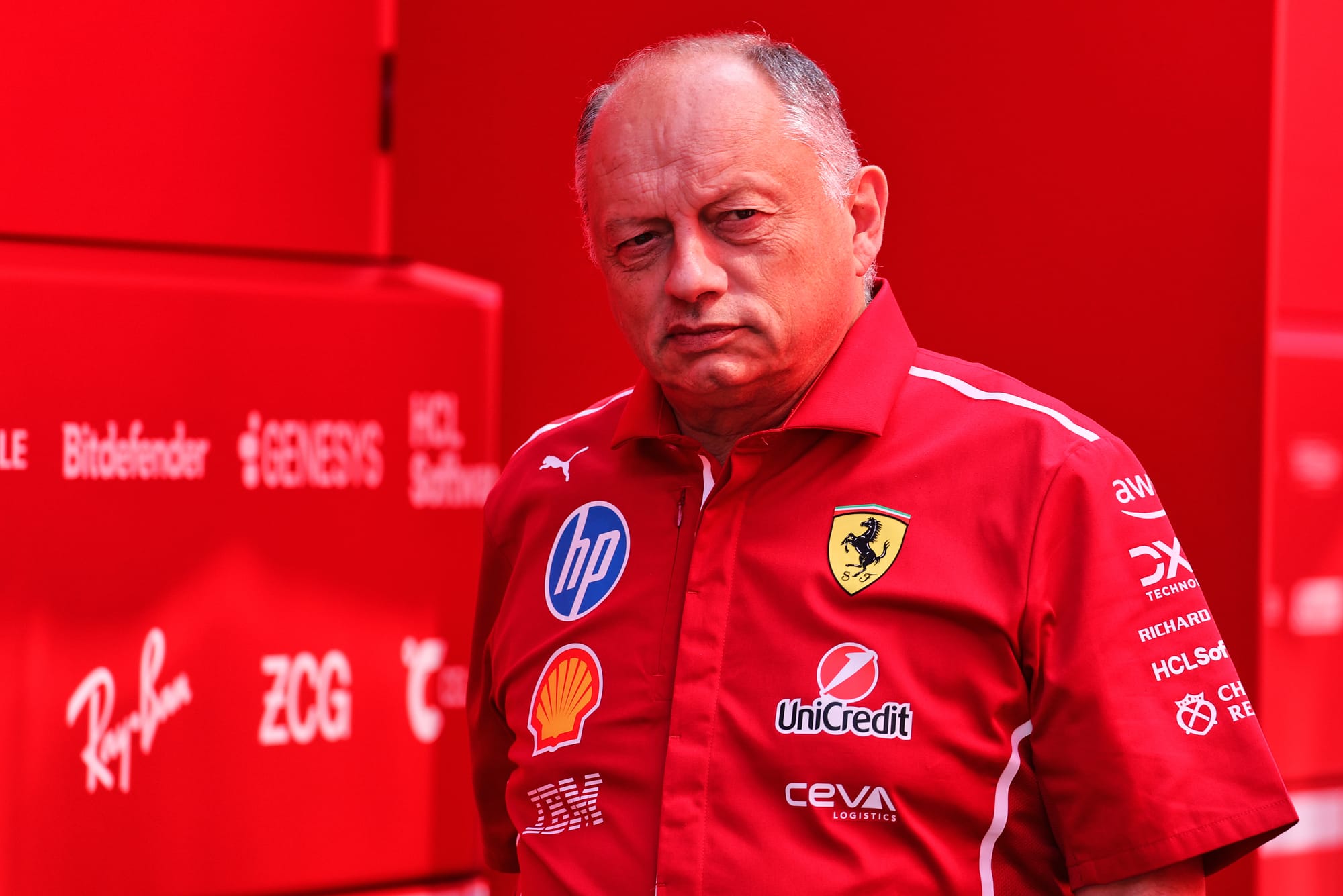
Speaking to The Race about the factors that have held the team back against McLaren this season, Vasseur said: “I don't want to speak about the others. I think McLaren is champion - it has mega performance on tyre management. And in the wet, for example, they are magic.
“But being focused on ourselves, we lost a little bit the ground with the disqualification at the beginning.
“We had to take a margin. And the sensitivity of the ride height on these cars, it's huge.
"Each millimetre is one position on the grid. So it means that if you start to have to be safe because you are not in full control, then it's impacting massively the performance.”
Diverting attention
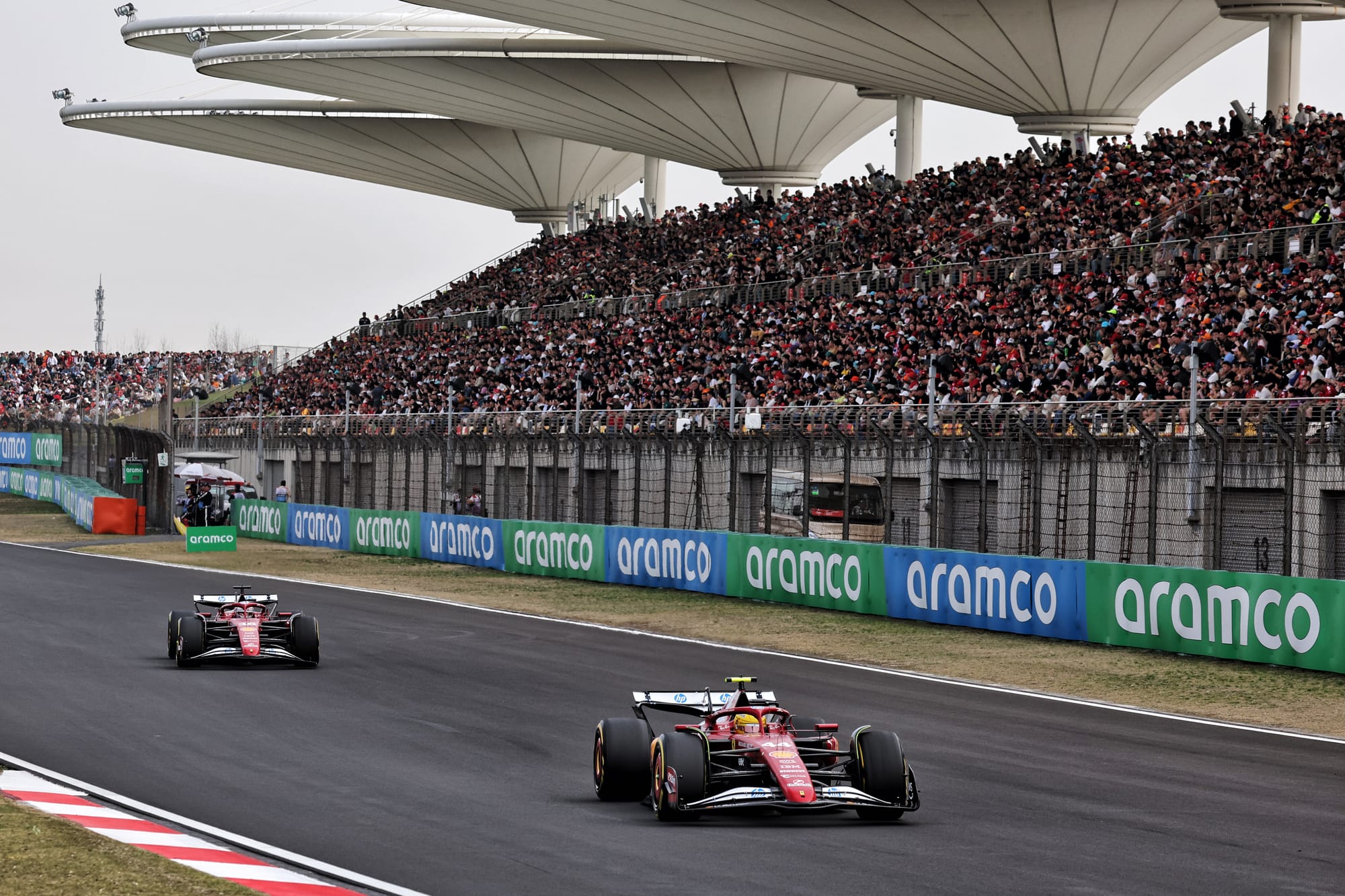
Vasseur has also detailed how, in having to concentrate so much on preventing a repeat of plank issues, attention was diverted away from other important aspects.
“It's always a combination, because when you spend more time to deal with this, you are a bit less focused on the out-lap, on the tyre preparation, on whatever,” he said.
“At the end of the day, you are paying the bill.”
While matters like tyre preparation and the handling of an out-lap in qualifying may seem inconsequential in the grand scheme of things, Vasseur says Leclerc’s pole position at the Hungarian GP highlights how critical such small elements are.
There, Leclerc elected to run early in clear air to better get his tyres into the right operating window and took pole position by 0.026 seconds – with just 0.053s covering the top four places on the grid.
“It's so much about details that as soon as you don't have the focus on the right things, you are losing completely the ground,” he said.
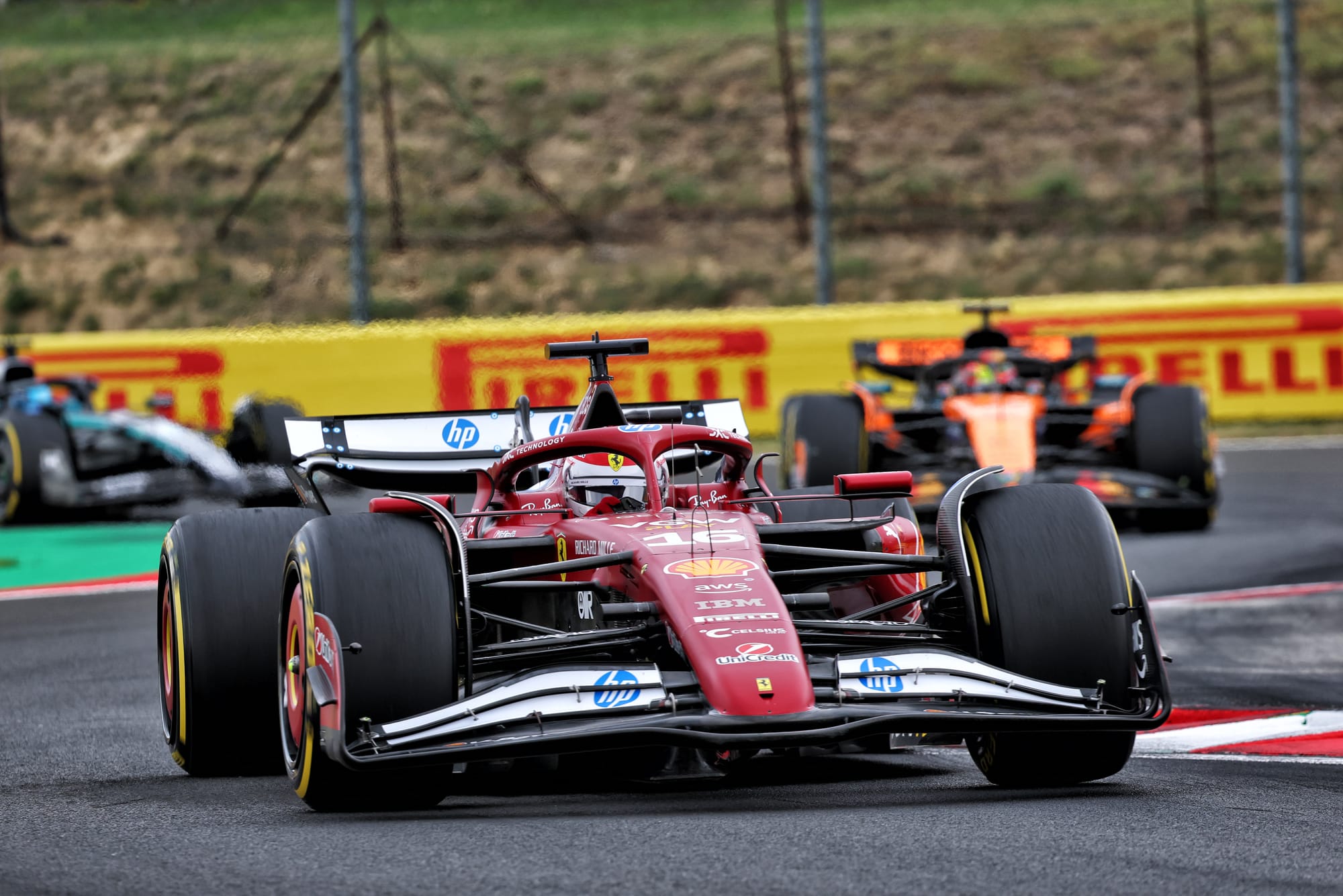
“When I say losing completely the ground, it is that if you do a step back by one or two tenths, you move from P1 to P5.
“So it means that it's really about details, and really about the focus that you can have on where the performance is coming from.
“If you are losing this because you have other issues like disqualification or reliability or legality, and so on, it's very difficult to stay performing.”
The platform question
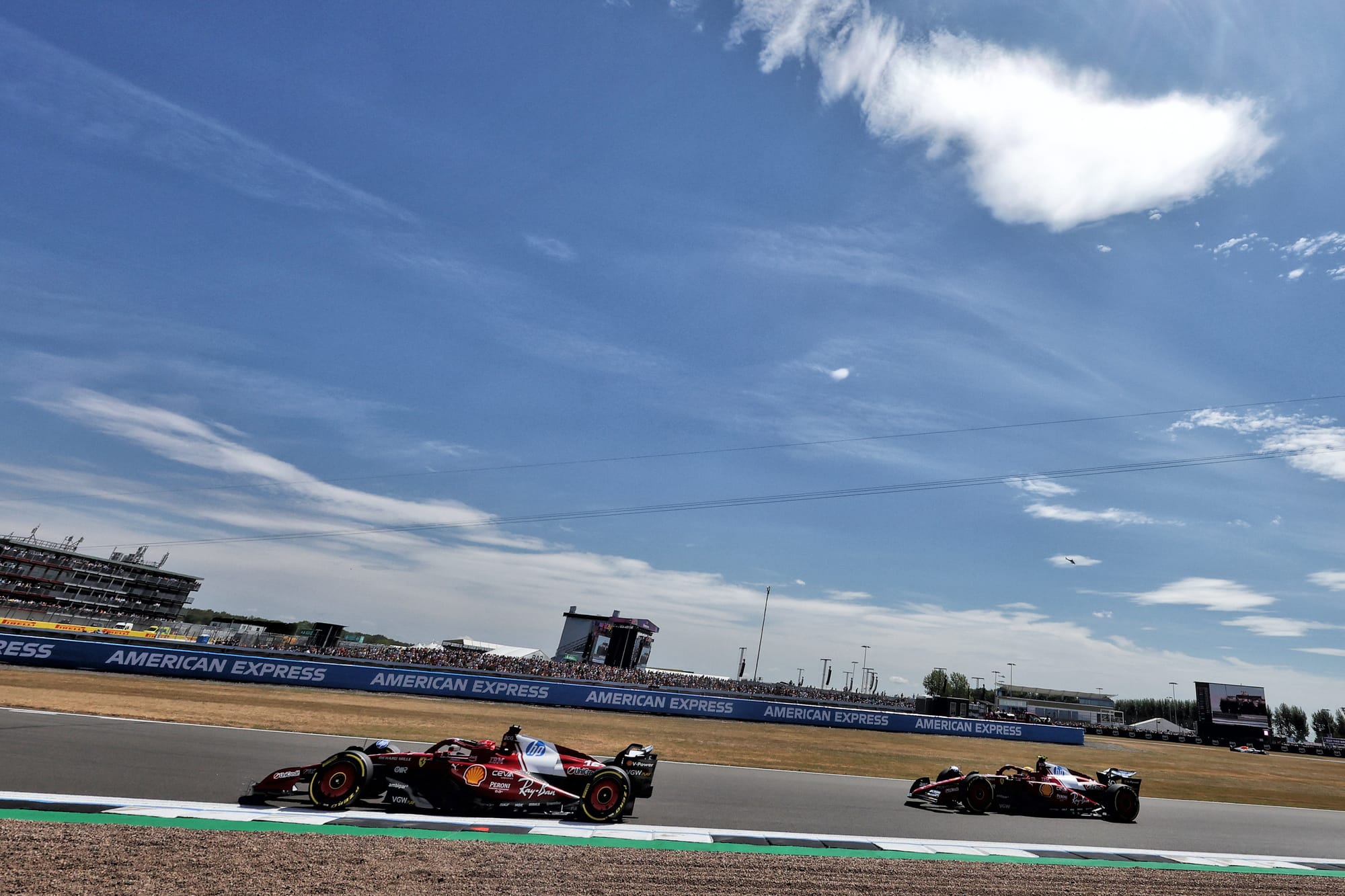
The plank compromise has been obvious at some races, with Leclerc and Hamilton being advised to lift-and-coast in high speed sections to avoid the car striking the ground.
While Vasseur does not want to reveal too many details about why this is specifically such a headache for Ferrari, he says it is ultimately related to car dynamics – which have become a far bigger factor with the current generation of ground effect cars.
He says that teams have had to learn a new approach to car development, where it is no longer just about adding downforce.
“It is about the stability of the platform,” he said. “A big evolution of these cars is that we are much more focused on stability and driveability than pure load.
“Speaking about the last three years, each time that we made a good step it was much more because we were focused on drivability.
“It means you want to have something more linear and more consistent in terms of downforce, so you avoid to have a transition phase that when you have [car] roll or wind sensitivity, that the driver loses downforce, because then it's impossible [for him].
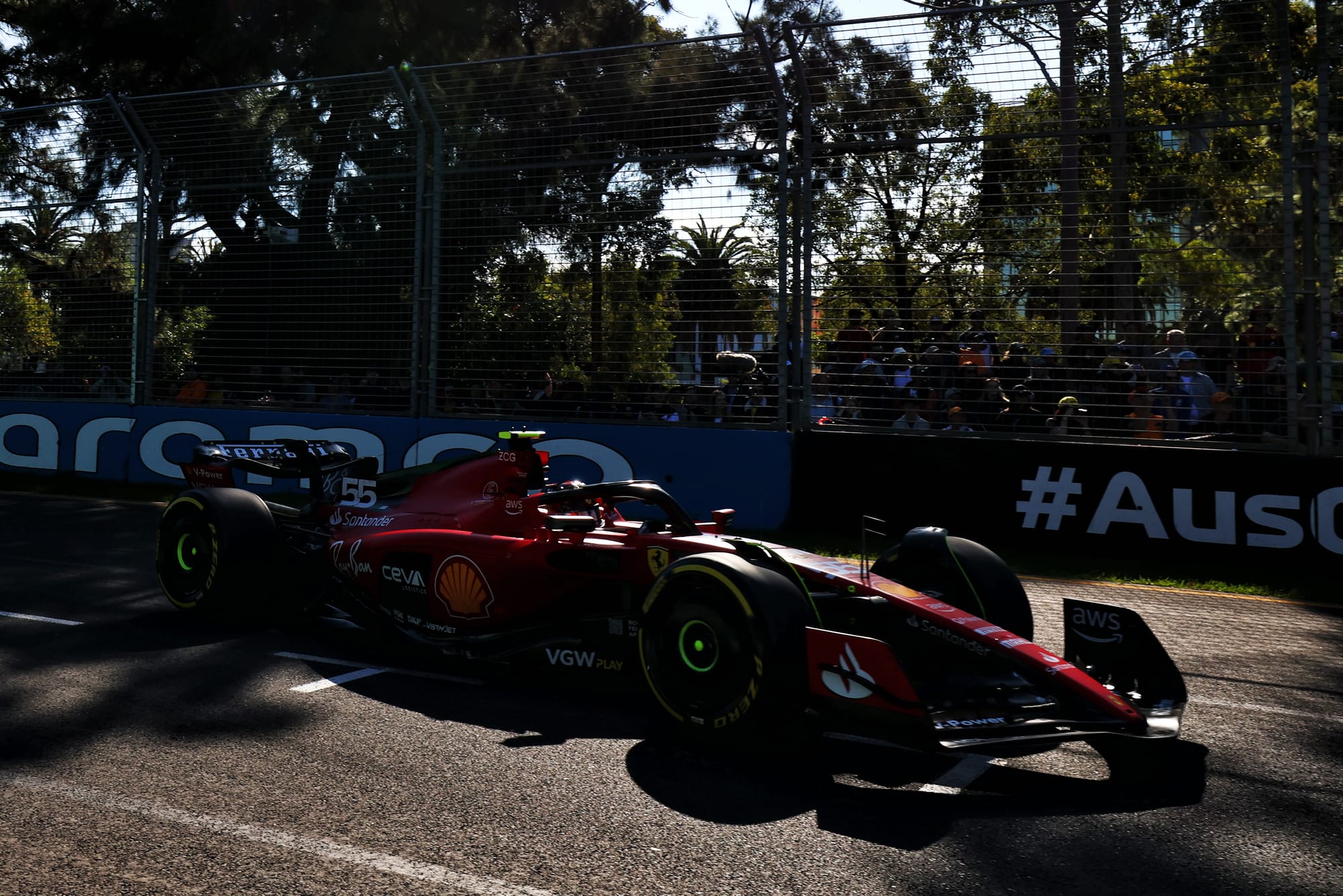
“It was at the beginning of ‘23, when we did a good step between race two and race three, that we removed downforce from the car, just to have something a bit flatter for the drivers.
“They were able to extract more to be at the full potential, whereas before, with something a bit less linear, they were always far away from the limit because they didn't know when they will lose downforce.
“I think we did a mega good step last year in Monza like this also. And we are going more and more into this direction.”
As part of Ferrari’s efforts to improve the stability of its platform, which in turn should bring benefits in terms of it better controlling its plank wear, the squad introduced revised suspension geometry at the Belgian Grand Prix.
The team was not alone in making such a change to its mounting points – with both Mercedes and McLaren having also tweaked things over the course of the season.
But Vasseur admits that making such a modification during the year was not ideal.
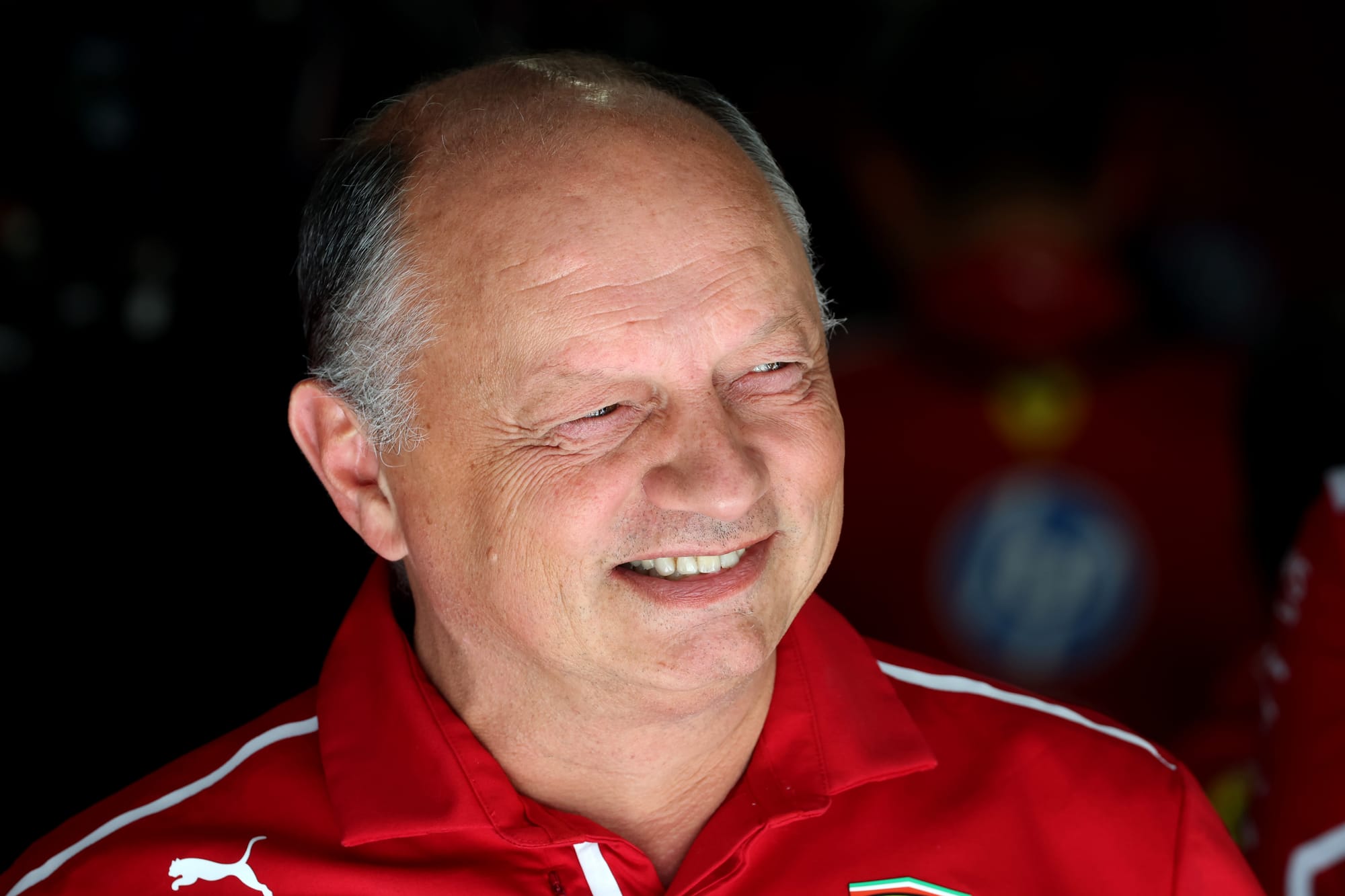
“It would have been easier or better to anticipate it first, because I think we did a step forward,” said Vasseur about the upgrade.
“I would have loved to have the step forward earlier, because when you do a modification, it's never the most efficient in terms of weight, or in terms of aero. You always have the downside.
“We developed the car with another suspension. So you take a direction, and if you change the suspension, you can make some adjustment but you can't redo the development.
“It means that all the tests we did with the other suspension, when you have to scan [ride height set-ups], it's quite difficult.
“I was a bit scared when I arrived in Spa, because they said, ‘OK, on the sprint weekend, you have to test five different compound ways there, and so it will be difficult to make adjustments'. But in the end it went pretty well.”


